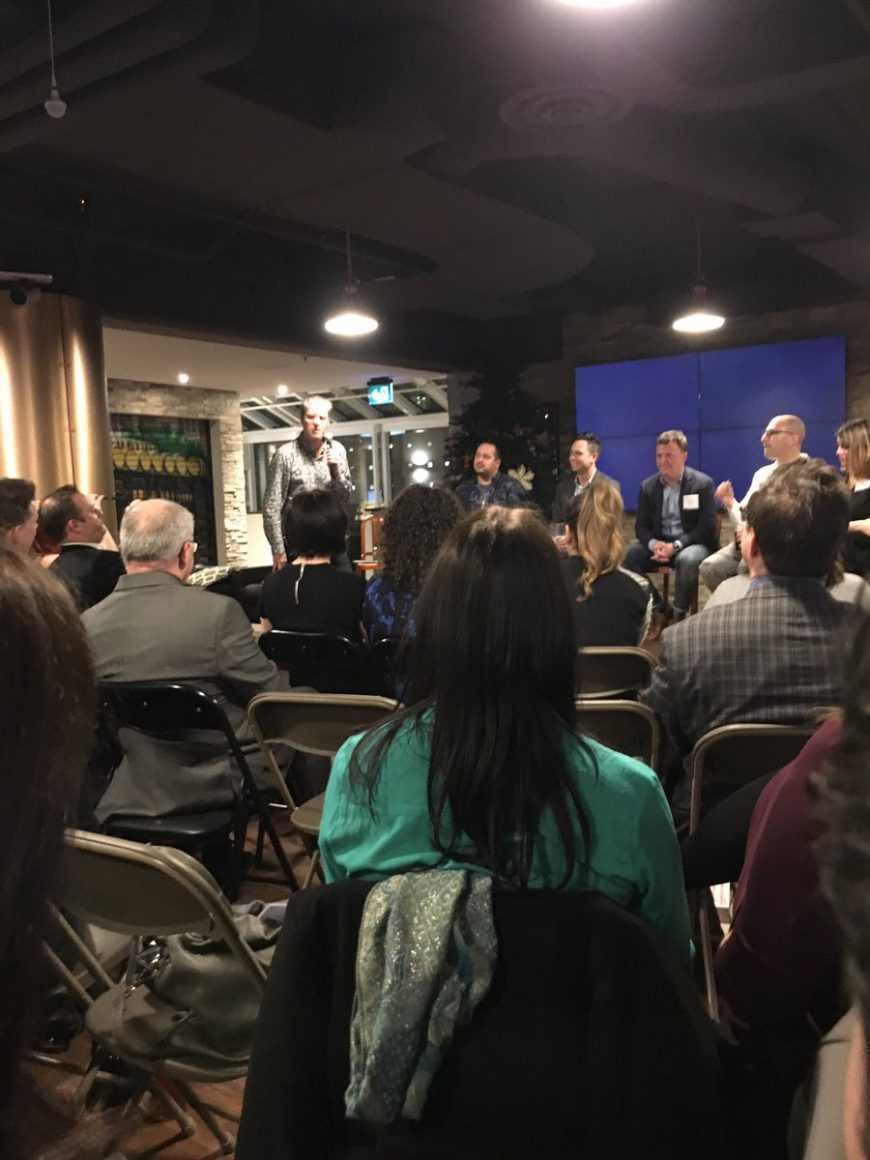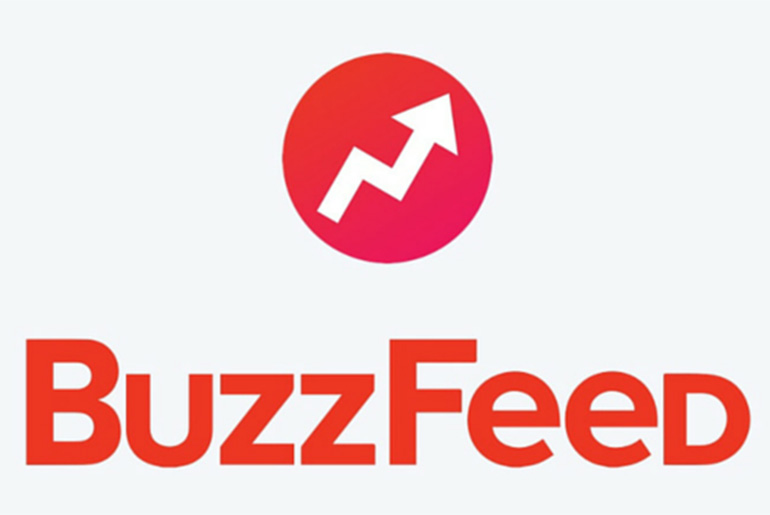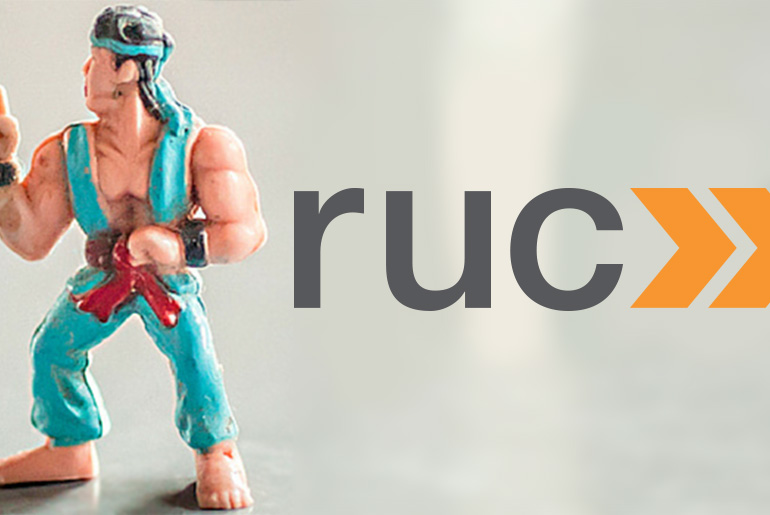2019: Tasking YouTubers with an Interac $100 Challenge
Problem
Interac is a world-class debit payment system and one of Canada’s leading brands. On average, it is used 16 million times daily and is a market leader in payment technologies. With a concern that new technology platforms and often-enticing credit card reward-programs could encroach as the preferred method of payment for Millennials, the brand wanted to remind their key targets why Interac Flash is the safe, secure and convenient way to pay.
Roughly 60 per cent of consumers were being influenced by social media, according to Collective Bias, the brand saw this as an opportunity to speak to their targets outside of traditional media. Based on eMarketer research, YouTube was the most used platform, with Canadian Millennials spending 8 hours a week on the platform, above watching live TV (4.1 hours), scrolling Facebook (7.3 hours) or binging Netflix (7.4). Millennials grew up with technology and were very aware of advertisements. They wanted control over their ads, with 69 per preferring “skippable” functions. To reach this audience and show savvy young shoppers that using Interac Debit is the best way to own their financial future, we knew we had to do it on the platforms they loved with the people they watched and trusted.
Solution
Developed in collaboration with KIN Community and APEX PR, we created a six-month content strategy, leveraging YouTube creators to increase consideration for Interac Flash as THE choice payment method among Millennials. We knew that Canadian Millennials were highly engaged with “challenge” content in the lifestyle space, so we created a challenge that would link all YouTuber content so viewers could continue engaging with the brand through multiple videos. To do this, each creator was challenged to complete a task with a $100 budget. Why $100 dollars? Because it aligns perfectly with Interac Flash, reminding people that for under $100 you can touch and go. Every week, this “travelling concept” leveraged the audiences of established creators across their different YouTube channels, and across their social. The creators rose to the challenge! And they inspired their audiences to #owntheirworld…
Trends were studied each month and we worked with each creator to tailor their content to these trends to remain top of mind and relevant with our target audience. For example, November and December’s research showed that gift guides were in high demand. This was capitalized on and amplified a core value for Interac in the process, supporting local businesses. In a unique twist, the YouTubers and local media experts created local, curated gift guides across the country that showed their viewers their favourite stores and gift ideas. Fans loved it and begged for more local guides! Proving that the Interac content was providing real value and solving a consumer need.
In addition to organic distribution, we implemented a paid media strategy to target Canadian Millennials with Interac messaging. We ran full-length videos, up to 18 minutes in length, as TrueView to ensure our audience was being exposed to the messaging in a format native to the audience. Knowing that Millennials often choose to skip ads served to them on YouTube, we optimized videos to reduce the odds that viewers would choose to skip through introductions and editing styles that we knew would catch the attention of Canadian Millennials.
Results
To drive video views and audience retention, this campaign leveraged YouTube and their TrueView In Stream Ads to highly target the home buying audience and ensure the right audience was receiving the right message affordably and quickly. in the past, media channels like TV made it a challenge to reach a specific demographic quickly and cost-effectively. Overall, the Interac $100 Challenge delivered 20 million impressions, 7.3 million video views and 124K engagements across YouTube, Facebook, Instagram and Pinterest. Our colleagues at APEX PR delivered 11.3 million traditional media impressions across 46 stories from highly trusted outlets such as Breakfast Television Montreal, The Global Morning Show and CTV Morning Live Ottawa.
Katie Boland is an Account Director at ruckus digital.
Read more of our favorite work from 2019. Need help with your social media approach? Drop us a line.

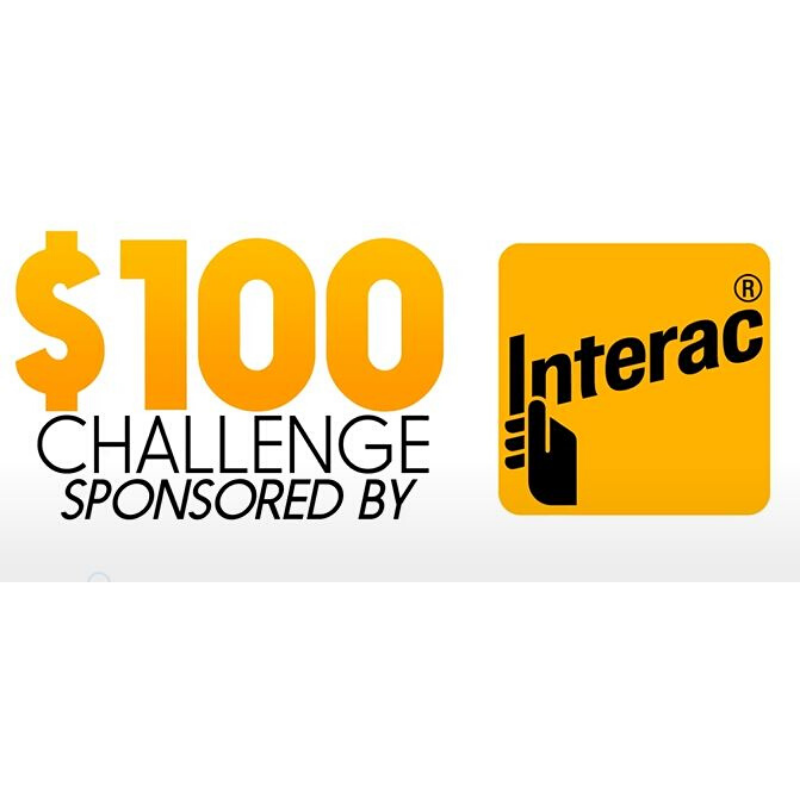
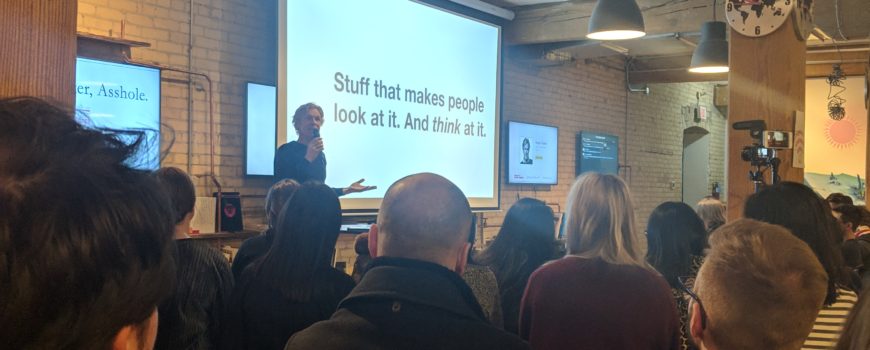



 right audience and social media advertising can help. If only we could just publish content and the perfect audience would just find it – but we don’t always get that lucky.
right audience and social media advertising can help. If only we could just publish content and the perfect audience would just find it – but we don’t always get that lucky.